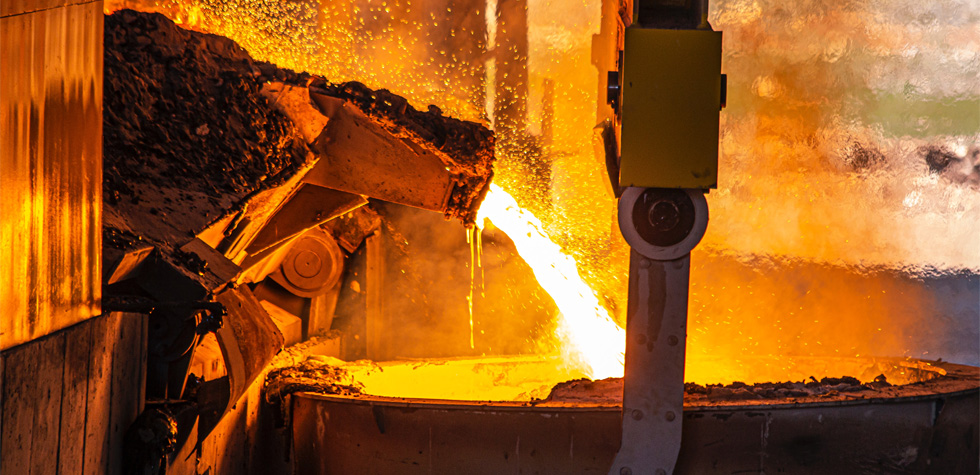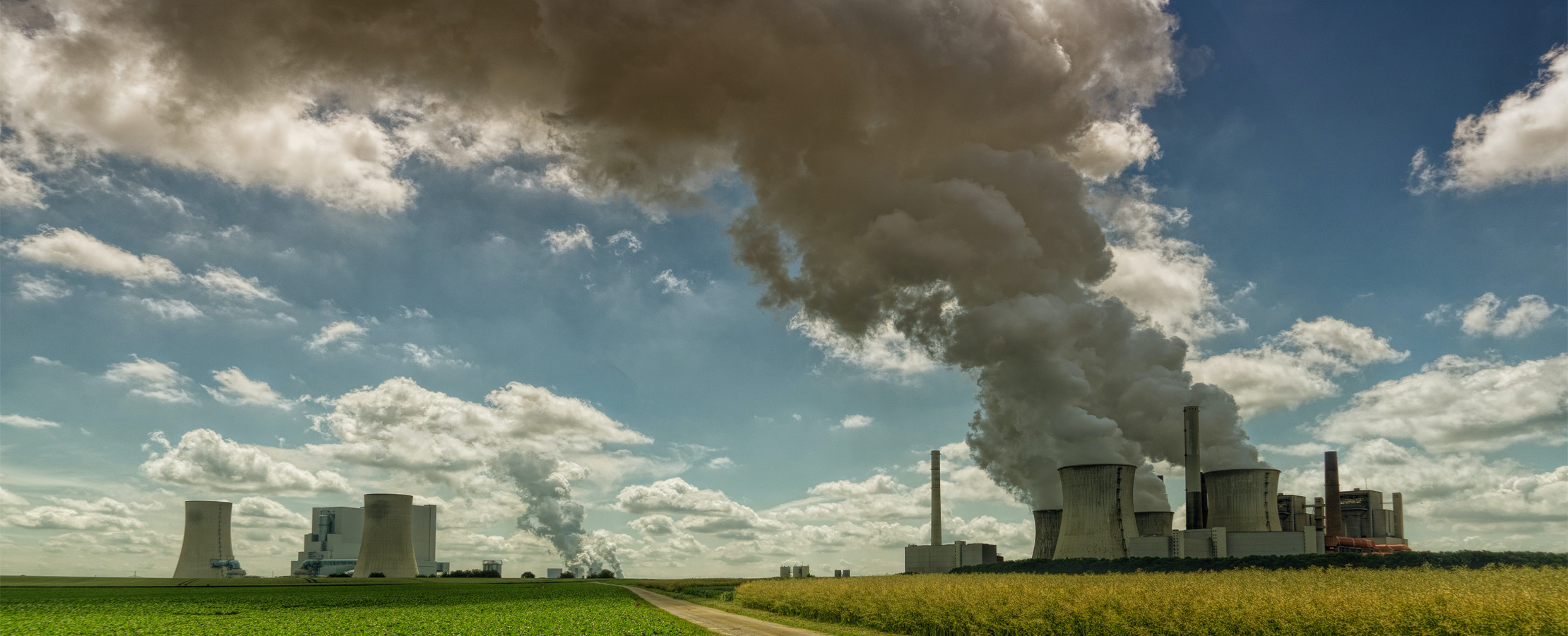Material World: Why the Energy Transition is More Than Fuel and Heating
From steel to cement, the energy transition will require us to rethink how we produce and consume the materials most essential to everyday life.
The challenge of decarbonization is made more difficult by the indispensability of some of the most carbon-intensive materials produced today. Cement, steel, plastic and ammonia collectively use 17 percent of energy generated and their production relies heavily on fossil fuels – but we cannot live without them. Here’s how we could reduce their impact without cutting them out of our lives.
1) Cement
The cement industry is the third-largest carbon emitter. This is largely due to a step in cement production in which limestone is heated – largely using oil, coal and petroleum coke – releasing much of its mass as CO2.
The industry has cut its CO2 output since 1990, thanks to a partial switch to renewable energy and closure of the most inefficient plants, but cement remains a carbon-intensive material. Around 3.5Gt of Portland cement is produced annually, accounting for eight percent of total CO2 emissions.
The good news is there are many ways to cut cement emissions further: switching to alternatives like biomass; introducing carbon capture, utilization and storage (CCUS) at cement plants; mixing materials into concrete that allow for lower cement content; and even replacing some concrete with materials like cross-laminated timber. Researchers from Imperial College London found that cement emissions could drop considerably with a combination of these interventions.
2) Steel
Steelmaking is acknowledged as a carbon-intensive, hard-to-abate industry, largely due to the extreme temperatures required in furnaces to reduce iron ore. Every ton of steel produced releases 1.85 tons of CO2 – collectively contributing about eight percent of global CO2 emissions.

Increasing energy efficiency is unlikely to yield the desired reductions in emissions. There is, therefore, much interest among steelmakers in modernizing their processes via two key adaptations: implementing CCUS to prevent carbon emissions reaching the atmosphere and replacing coal with hydrogen. Many steelmakers are already running pilot plants to assess the impact of various decarbonization strategies.
3) Plastics
Demand for plastic – in many ways a miracle material – has quadrupled in the past forty years, and continues to rise. In recent years, there has been a growing understanding that the environmental impact of plastics goes beyond waste pollution, it is also among the most carbon-intensive materials to produce. The vast majority of plastics are made from chemicals sourced from fossil fuels, and CO2 is released in every part of its lifecycle: from petroleum extraction all the way through to recycling, incineration or landfill.
Decarbonizing the plastic industry is not straightforward, particularly as plastic can help indirectly cut carbon emissions, such as by keeping food fresh for longer. However, some measures can help reduce the climate impact of plastic. A Nature Sustainability paper suggests a four-fold strategy could be most effective: a shift towards renewables; expansion of bio-based and biodegradable plastics; increase in recycling; and plastic demand reduction.
4) Ammonia
There are few substances as crucial for the modern world as ammonia, from which all mineral nitrogen fertilizers are derived. But it comes at a cost – commercial ammonia production uses natural gas both as the source of hydrogen and as an energy source. Based on the energy-intensive Haber-Bosch process, ammonia production accounts for almost two percent of energy consumption.
Decarbonizing ammonia production would not only cut the carbon footprint associated with agriculture. Like its close chemical cousin, hydrogen, ammonia has the potential to contribute to the energy transition – as a versatile, renewable, zero-carbon energy carrier – if it can be produced through a low- or zero-emissions process. Like steel, decarbonization ammonia production will require the scaling of green-hydrogen production or the use of CCUS, with demonstration projects underway.
The climate challenge is all-encompassing. Decarbonizing is about more than just fuel and heating – it calls for fundamental changes to how some of our most basic materials are made and used.






